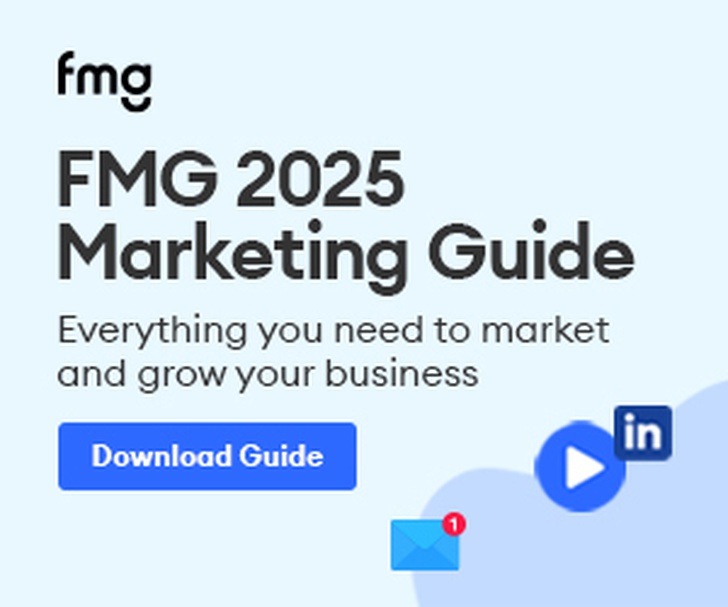Producing great content is no easy feat. It requires a lot of time and brainpower, and many people are left wondering after they publish a post if the return was worth the investment.
So what’s the secret to successful content? The answer is that there isn’t just one secret; there are many. Which means, sadly, there are many ways your content can fail.
But you can vastly increase your success rate with a strategic approach. To cut through the mystery — and simplify what it takes to produce content with impact — I’ve put together a checklist for online writing projects. Download a PDF here: The ultimate online content checklist and use it BEFORE you start writing.
Whether you are writing your post yourself or assigning someone else to do it, you should go through the steps on the checklist. It will focus your thinking and make sure your piece is primed for maximum impact.
Let’s get going! Here are the key items on your ultimate content checklist:
1. TOPIC
You should be able to summarize your topic in one pithy sentence. If you can’t do that, you need to spend more time honing your idea. If you don’t know what you want to say, you’ll have a hard time explaining it compellingly to your reader.
2. GOALS
Every piece of content should be developed with a specific goal in mind. Sometimes there may be more than one, but be careful not to try to accomplish too much with any one article. Your goal might be to make people aware of a new product, help customers solve a frequently encountered problem or build trust in your brand.
3. DESIRED LENGTH
It’s important to know how many words you have to work with, in part because you don’t want to spend more time than you need to researching and writing. For online assignments, a short piece would probably be 300 words or fewer, medium 300 to 500, long 500 to 1,000 and in-depth over 1,000. Different lengths suit different goals and audiences, though there has been a lot written recently about how longer content can perform more strongly in search rankings.
4. AUDIENCE
This is where I see many people stumble by not having a clear idea of whom they are writing for. You can really only write persuasively to one audience at a time. Sum up who that is. If you have developed customer personas, this is a great time to rely on them.
5. TONE
You want your voice to be consistent with your audience, goals and brand. So capture that in a few words – conversational, authoritative, friendly, youthful, whatever it may be. Then keep that tone in mind as the content is produced.
6. SEO KEYWORDS
What keywords do you want your content to rank for? What terms will your desired reader be searching for? Make sure that words or phrase appears in your headline. Also, sprinkle it and its synonyms frequently (but not excessively) in your content. Your content should read naturally but make sure your SEO (search engine optimization) keywords are there.
7. INFORMATION SOURCES
Perhaps your article is inspired by some new research; that’s an obvious information source you will want to cite. Note particular articles or studies in this spot, especially if you are preparing this brief for someone else to write the article. Or you might list key influencers you want the writer to interview.
8. LINKS
This is another SEO consideration. Linking your content to the most authoritative articles on your subject signals to search engines that your article is relevant high-quality content. So identify thought leaders in your space and their posts on your topic for possible linking.
9. DIFFERENTIATION ANGLES
This is another way in which I see people often squander their content efforts. The information flow is a torrent these days, and your article needs to offer something unique and valuable. So survey what has been written on your topic and look for neglected but worthwhile angles to differentiate your post. Don’t regurgitate the same old, same old. A bonus is that this will also help with your search ranking.
10. CALL TO ACTION
If your content is supporting your business or a cause, articulate a clear call to action and make sure to feature it in your post. Depending on your tone and style, this may be a subtle mention at the end or stronger, more frequent plugs. But know before you start writing what action you want the reader to take after reading your piece.
11. HEADLINE IDEAS
Readers often decide whether to open your article based solely on the headline, so this is the single most important aspect of your content. Give it careful thought. A brilliant headline may not present itself before you start writing, but it’s good to start brainstorming ideas early in your process. It may highlight the angle that you will want to focus on in your piece.
12. VISUALS
Content gets read more often if it has visuals with it, so make plans for getting illustrations, photos, videos, graphics and more. This may require the input of graphic designers or photographers, so get the ball rolling at your assignment’s inception.
13. TIMELINE
Your process may look slightly different than the steps listed here (which includes outline, draft, edits and publication). But, especially if you are working with a writer rather than writing yourself, it’s very helpful to record deadlines for the key milestones. Having clear dates established makes it more likely your content will be published on time and have maximum relevance.
14. AMPLIFICATION STRATEGY
You probably promote your content through your social channels, but you may be able to do more to amplify your impact. In this spot on the checklist, jot reminders to reach out to influencers you quote, colleagues and industry peers and ask them to share it and add comments. Identify key hashtags related to your topic.



